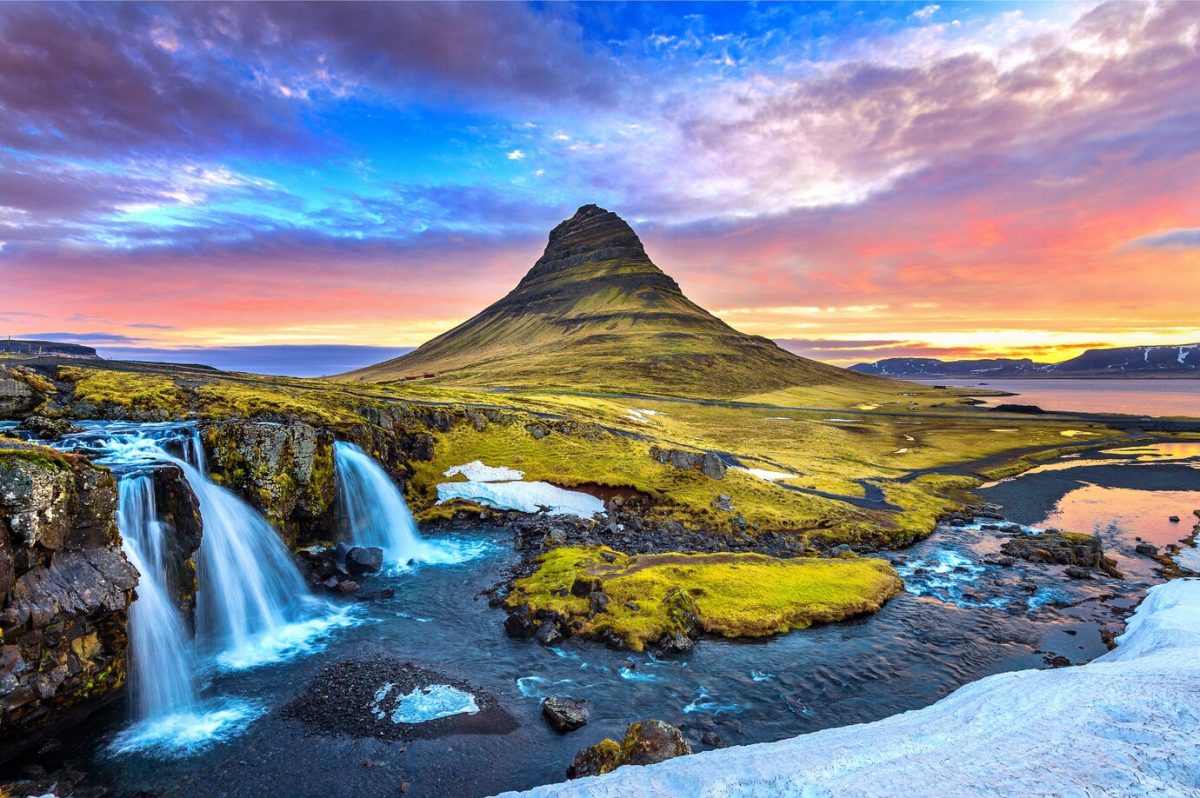On Friday, November 10, Iceland experienced over 800 earthquakes in just under 14 hours. Iceland is a country with normally 500 earthquakes a week, however, with 800 earthquakes within half a day, residents and police officials were very concerned.
Iceland is known for its landscapes–volcanoes, geysers, and glaciers–that attract millions of visitors each year. However, the recent surge in earthquakes has disrupted the peaceful serenity that usually envelops the island nation.
“The office has also detected measurements of sulfur dioxide, which according to the U.S. Geological Survey (USGS) is a ‘colorless gas with a pungent odor’ that can irritate peoples’ eyes, noses, and throats. This gas is released when magma is relatively near the surface,” the USGS said. “If sulfur dioxide is detected when a volcano isn’t erupting, it could indicate that it will soon,” said Li Cohen from CBS News.
The largest earthquake, measuring 5.7 on the Richter scale, struck the Reykjanes Peninsula, located in the Southwest of the capital city Reykjavik. This event triggered a series of aftershocks, some of which were felt as far as the capital.
As a precautionary measure, authorities evacuated residents from areas most affected by the earthquakes. The decision was made to ensure their safety, considering the potential risks posed by ongoing seismic activity. Evacuation centers have also been set up to provide temporary shelter and assistance to those affected.
Marlene Lenthang from NBC News said, “The town of Grindavik, about 35 miles from the capital Reykjavik, has turned into a scene reminiscent of a doomsday film with enormous cracks breaking concrete and the walls of homes, and steam rising from deep below the Earth. The quakes forced the closure of the popular tourist attraction Blue Lagoon Hot Spring in Grindavik on November 10. The town, home to 3,400 residents, was evacuated Saturday.”
In addition to the Blue Lagoon hot spring, the Golden Circle and the Reykjanesviti lighthouse have also been closed down. The closure of these iconic sites has dealt a blow to Iceland’s tourism industry, which heavily relies on international visitors. Tour operators, hotels, and local businesses have been significantly impacted by the sudden decline in tourists, leading to financial strain and uncertainty for many.
Geologists and experts are closely monitoring the situation, working to understand the underlying causes of the increased seismic activity. Iceland sits on the Mid-Atlantic Ridge, a tectonic boundary where the Eurasian and North American plates meet, making it highly prone to earthquakes and volcanic activity.
As the situation unfolds, Icelandic authorities are urging residents and visitors to remain vigilant and follow safety guidelines. It is crucial to stay informed about the latest updates from local authorities and to adhere to any evacuation or safety measures that may be implemented.
While the recent increase in earthquakes has disrupted daily life and tourism in Iceland, the resilient spirit of the Icelandic people and their commitment to safety and preparedness will undoubtedly help the nation overcome this challenging period in its history.

